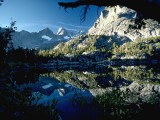
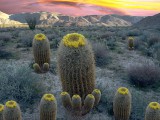
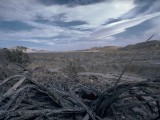


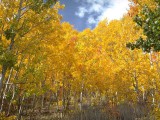


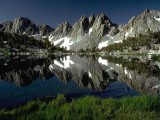
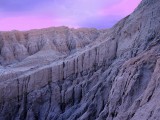
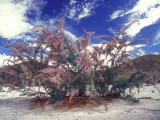
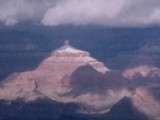
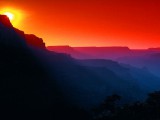
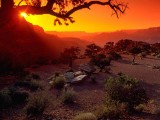
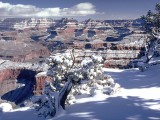
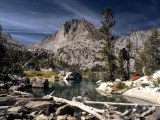
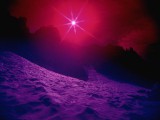
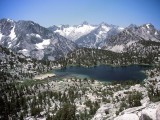
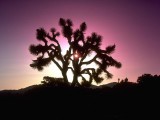
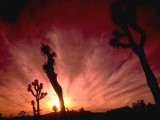
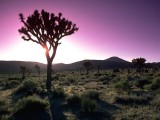
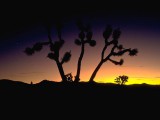


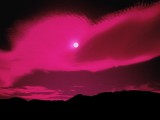

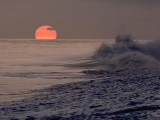
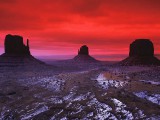

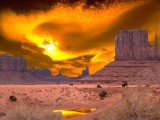

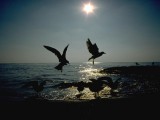
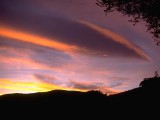
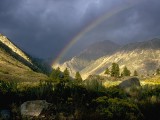
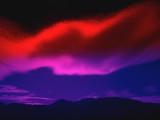
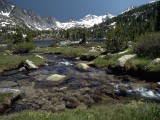

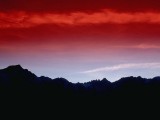
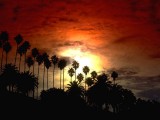

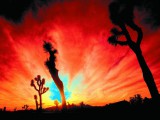




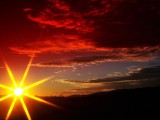
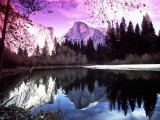
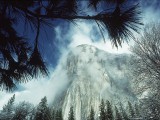
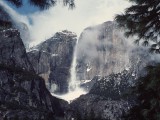
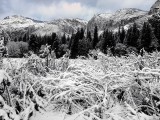
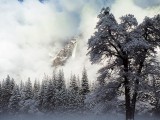
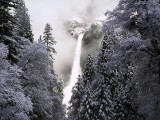
Photography & Art for a visual hungry world
A
portable folding reflector positioned to "bounce" sunlight onto a
model.
As far as can be ascertained, it was Sir John Herschel in a lecture before the
Royal Society of London, on March 14, 1839 who made the word "photography"
known to the whole world. But in an article published on February 25 of the
same year in a German newspaper called the Vossische Zeitung, Johann von Maedler,
a Berlin astronomer, had used the word photography already. The word photography
is based on the Greek φῶς (photos) "light" and γραφή (graphé) "representation
by means of lines" or "drawing", together meaning "drawing
with light".
The
camera is the image-forming device, and photographic film or a silicon electronic
image sensor is the sensing medium. The respective recording medium can be the
film itself, or a digital electronic or magnetic memory.
Photographers control the camera and lens to "expose" the light recording
material (such as film) to the required amount of light to form a "latent
image" (on film) or "raw file" (in digital cameras) which, after
appropriate processing, is converted to a usable image. Digital cameras use
an electronic image sensor based on light-sensitive electronics such as charge-coupled
device (CCD) or complementary metal-oxide-semiconductor (CMOS) technology. The
resulting digital image is stored electronically, but can be reproduced on paper
or film.
The movie camera is a type of photographic camera which takes a rapid sequence
of photographs on strips of film. In contrast to a still camera, which captures
a single snapshot at a time, the movie camera takes a series of images, each
called a "frame". This is accomplished through an intermittent mechanism.
The frames are later played back in a movie projector at a specific speed, called
the "frame rate" (number of frames per second). While viewing, a person's
eyes and brain merge the separate pictures together to create the illusion of
motion.
In all but certain specialized cameras, the process of obtaining a usable exposure
must involve the use, manually or automatically, of a few controls to ensure
the photograph is clear, sharp and well illuminated.
Exposure
and rendering
Camera controls are inter-related. The total amount of light reaching the film
plane (the "exposure") changes with the duration of exposure, aperture
of the lens, and on the effective focal length of the lens (which in variable
focal length lenses, can force a change in aperture as the lens is zoomed).
Changing any of these controls can alter the exposure. Many cameras may be set
to adjust most or all of these controls automatically. This automatic functionality
is useful for occasional photographers in many situations.
The duration of an exposure is referred to as shutter speed, often even in cameras
that do not have a physical shutter, and is typically measured in fractions
of a second. Aperture is expressed by an f-number or f-stop (derived from focal
ratio), which is proportional to the ratio of the focal length to the diameter
of the aperture. If the f-number is decreased by a factor of , the aperture
diameter is increased by the same factor, and its area is increased by a factor
of 2. The f-stops that might be found on a typical lens include 2.8, 4, 5.6,
8, 11, 16, 22, 32, where going up "one stop" (using lower f-stop numbers)
doubles the amount of light reaching the film, and stopping down one stop halves
the amount of light.
Image capture can be achieved through various combinations of shutter speed,
aperture, and film or sensor speed. Different (but related) settings of aperture
and shutter speed enable photographs to be taken under various conditions of
film or sensor speed, lighting and motion of subjects and/or camera, and desired
depth of field. A slower speed film will exhibit less "grain", and
a slower speed setting on an electronic sensor will exhibit less "noise",
while higher film and sensor speeds allow for a faster shutter speed, which
reduces motion blur or allows the use of a smaller aperture to increase the
depth of field. For example, a wider aperture is used for lower light and a
lower aperture for more light. If a subject is in motion, then a high shutter
speed may be needed. A tripod can also be helpful in that it enables a slower
shutter speed to be used.
For example, f/8 at 8 ms (1/125th of a second) and f/5.6 at 4 ms (1/250th of
a second) yield the same amount of light. The chosen combination has an impact
on the final result. The aperture and focal length of the lens determine the
depth of field, which refers to the range of distances from the lens that will
be in focus. A longer lens or a wider aperture will result in "shallow"
depth of field (i.e. only a small plane of the image will be in sharp focus).
This is often useful for isolating subjects from backgrounds as in individual
portraits or macro photography. Conversely, a shorter lens, or a smaller aperture,
will result in more of the image being in focus. This is generally more desirable
when photographing landscapes or groups of people. With very small apertures,
such as pinholes, a wide range of distance can be brought into focus, but sharpness
is severely degraded by diffraction with such small apertures. Generally, the
highest degree of "sharpness" is achieved at an aperture near the
middle of a lens's range (for example, f/8 for a lens with available apertures
of f/2.8 to f/16). However, as lens technology improves, lenses are becoming
capable of making increasingly sharp images at wider apertures.
Image capture is only part of the image forming process. Regardless of material,
some process must be employed to render the latent image captured by the camera
into a viewable image. With slide film, the developed film is just mounted for
projection. Print film requires the developed film negative to be printed onto
photographic paper or transparency. Digital images may be uploaded to an image
server (e.g., a photo-sharing web site), viewed on a television, or transferred
to a computer or digital photo frame.
A
photographer using a tripod for greater stability during long exposure.
Prior to the rendering of a viewable image, modifications can be made using
several controls. Many of these controls are similar to controls during image
capture, while some are exclusive to the rendering process. Most printing controls
have equivalent digital concepts, but some create different effects. For example,
dodging and burning controls are different between digital and film processes.
http://en.wikipedia.org/wiki/Photography